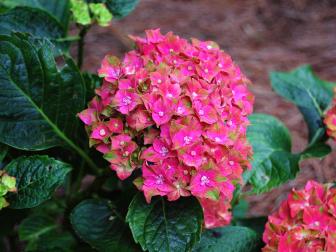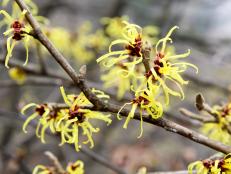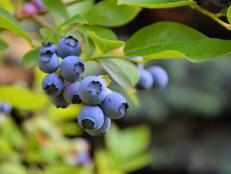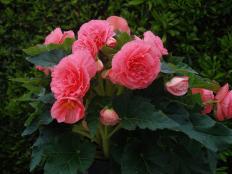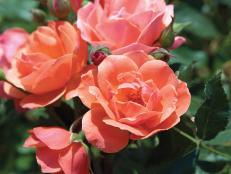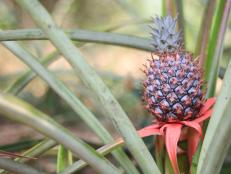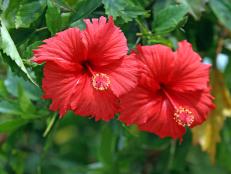When is The Best Time to Plant Hydrangeas?
Bring home the beauty of hydrangeas by adding a bush—or three!—to your yard.

Endless Summer Hydrangeas
It’s hard to resist the lush, long-lasting flowers of hydrangea. Why try? There’s truly a hydrangea to fit every yard, and yours in no exception. The most important question to answer—after which hydrangea to plant—is when to plant your hydrangea. Timing is important when tucking hydrangeas into the landscape. Get it right, and you’re on your way to a lifetime of gorgeous hydrangea flowers. Get it wrong, and you’ll be replacing your shrubs.
The best time to plant a hydrangea is well before the high heat of summer arrives. The word “hydrangea” gives a hint why. It comes from two Greek word roots: “hydro,” meaning water, and “angeion,” which means vessel. Roughly translated, it means water vessel—an accurate description of hydrangeas’ thirst for water. Hydrangeas need a ready water supply to thrive, especially during the first few months after planting, when plants are establishing.
So, when is the best time to plant hydrangeas?
Aim for late spring, well after any danger of frost has passed, or early fall, when night temperatures usher in cooler air. If you garden in a region where the ground freezes, get plants into the ground at least six weeks prior to fall’s first killing frost. This gives plants a chance to sink roots before serious cold settles into soil. After planting, add a 2-inch mulch layer around plants to help insulate roots.
Choose a Healthy Plant
You’ll find potted hydrangeas for sale at nurseries during the growing season. If possible, buy your plant when it’s blooming, so you’re sure you’re getting the flower type—and color—you want. You should be able to lift or slide (lay the plant on its side) the hydrangea from its pot to get a look at its roots. Healthy roots are white with brownish tips. If the roots are brown and the soil has a sewer-gas odor, don’t buy it. That plant has root problems, and it may not recover once planted.
Planting Tips
At planting time, be sure to amend the soil in your planting bed with plenty of compost. Organic matter helps create a soil that holds water, helping to satisfy a hydrangea’s thirst, without becoming soggy (which can kill a hydrangea). Using something like rotted or composted manure, leaf mold, homegrown compost, pine bark fines (fine-textured mulch) or other locally available organic matter in soil is a key to success with hydrangeas.
Hydrangea 101
How to Plant, Grow and Care for Hydrangeas
No garden’s complete without this old-fashioned favorite, and new varieties make hydrangeas easier than ever to grow.
Another key is mulching soil over hydrangea roots, which tend to be somewhat fleshy and near the soil surface. Maintaining a 2- to 3-inch-thick mulch layer over the root zone at all times helps your hydrangea thrive. Mulch slows water loss from soil, helping it to stay moister longer, and it also helps to suppress weeds. The majority of a hydrangea shrub’s roots extend as far as the leaves. That’s the area you should aim to mulch.
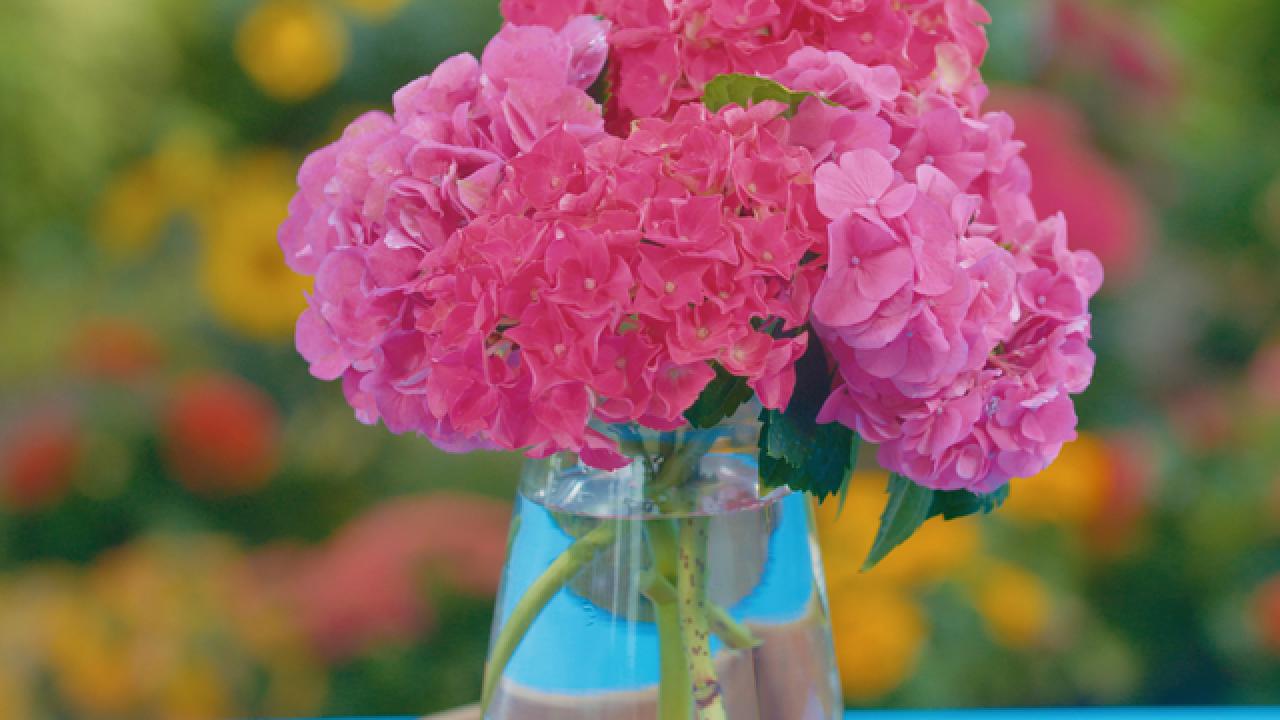
Hydrangea Varieties
50 Gorgeous Hydrangea Varieties 59 Photos
This beautiful flowering shrub can add color and abundance to your garden.
- Classic mophead or French hydrangea (Hydrangea macrophylla; top) opens softball size flowers that transition through a range of colors as they age. This is the hydrangea where you can shift the color of blooms from blue to pink depending on soil pH.
- Oakleaf hydrangea (H. quercifolia) opens large, long flower heads that fade from hue to hue as they age. Leaves deliver fiery fall color, especially if plants receive some sunlight. New varieties of this traditionally large hydrangea dwarf it to a perfect size for suburban gardens.
- Limelight hydrangea (H. paniculata; above) stages a summer-long show of large flower heads (up to 12 inches long) that open lime-green, then slowly fade through the season to shades of cream, pink, red and burgundy. These are the hydrangeas brides love in bouquets. Choose this hydrangea for a hedge, foundation planting or patio pot.








